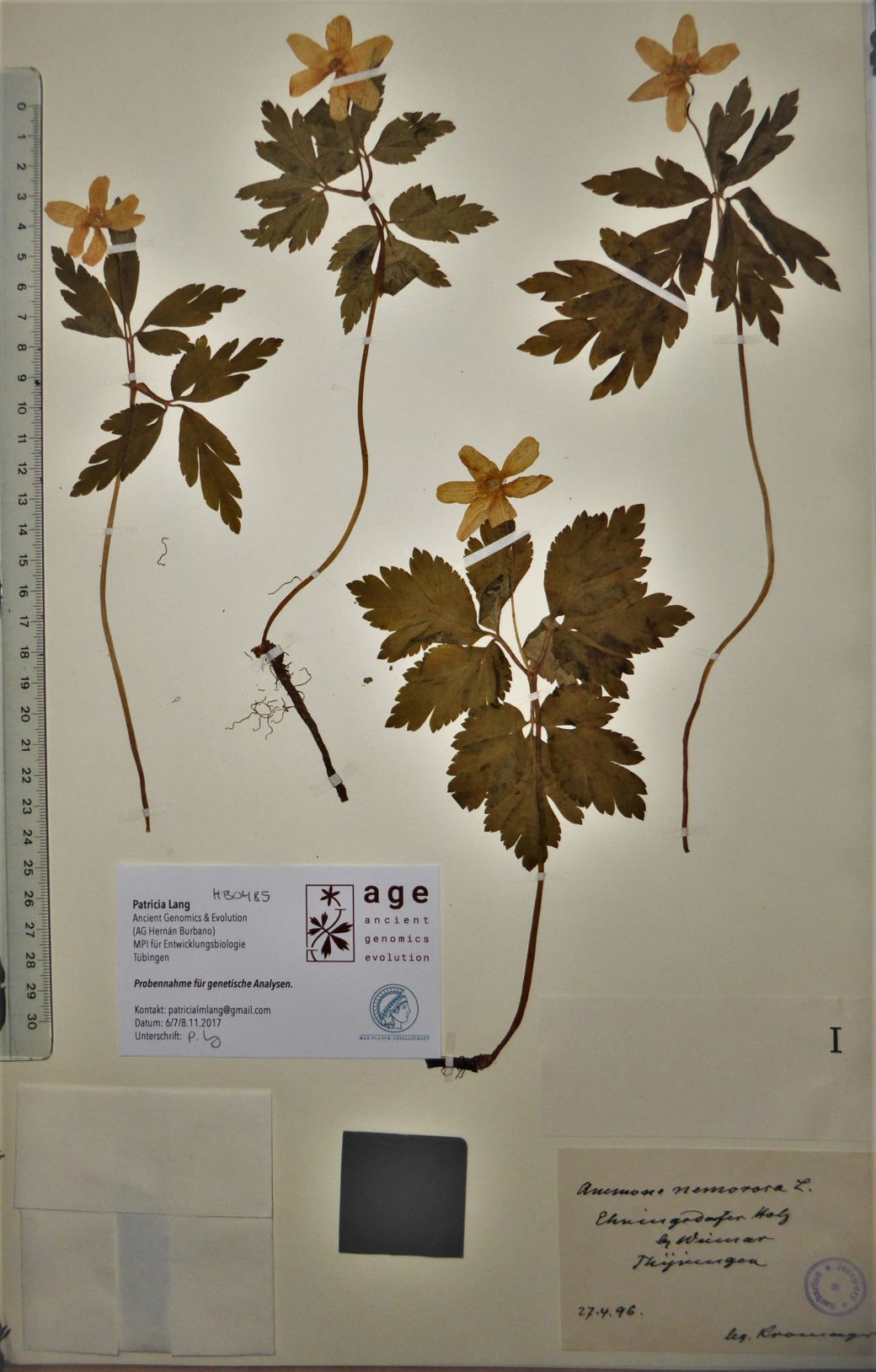Long-term changes in phenology and genetic diversity in Biodiversity Exploratories: a comparison of present-day plants with historical evidence
Within the framework of our project, we want to gain further insights into ecological and evolutionary responses of plants to anthropogenic environmental changes that have far-reaching consequences for ecosystems and evolution

Anthropogenic environmental changes such as climate and land use change influence species and ecosystems. One of the most convincing pieces of evidence for this is shifts in the timing of phenological events. Plants, for example, can change the onset, peak and duration of their flowering period. Such shifts in the flowering period can affect pollinators and other interacting organisms. Environmental changes also affect the genetic diversity of plants and can therefore have far-reaching consequences for their evolution.
Phenology I – Field observations: Influence of forest management
While the effects of climate change on flower phenology are well documented, knowledge about the effects of other global change factors such as land use is still scarce. In deciduous forests, forest management practices alter tree species composition and structure, and thus microclimate and light conditions, as well as their seasonal patterns. Therefore, we hypothesise that forest management influences the phenology of forest understorey herbs. To test this, we record the phenology of 20 typical early-flowering forest plants (see Fig. 1) on the 100 forest plots (EPs) of the Biodiversity Exploratories Hainich-Dün and Schwäbische Alb.
Phenology II – Herbaria: Influence of climate change
In order to determine possible long-term phenological changes, we will compare field data from the Biodiversity Exploratories with data from herbarium specimens of the same regions and species. Such historical long-term data from herbaria can be used to determine whether there are long-term (climate-related) shifts in the time of flowering.
Genomics I – Method development
DNA from historical samples (ancient DNA, aDNA) is often highly degraded and exhibits chemical modifications that differ from fresh DNA. Due to these modifications, RAD (Restriction site Associated DNA) sequencing, which is based on fragmentation of DNA by enzyme restriction, is unsuitable for aDNA. In order to compare DNA from fresh and historical plant samples, we use RAD fragments as capture oligonucleotides for hybridisation with the aDNA (hyRAD-hybridisation capture). The genetic analyses are carried out for a subset of five species.
Genomics II – Genetic diversity
We will then use this method to compare the genetic diversity of today’s plants in the forest understorey with that of their ancestors from the same regions, in order to determine whether there are long-term trends of a decrease in genetic diversity, and whether the intensification of forestry use has led to a decrease in genetic diversity.












